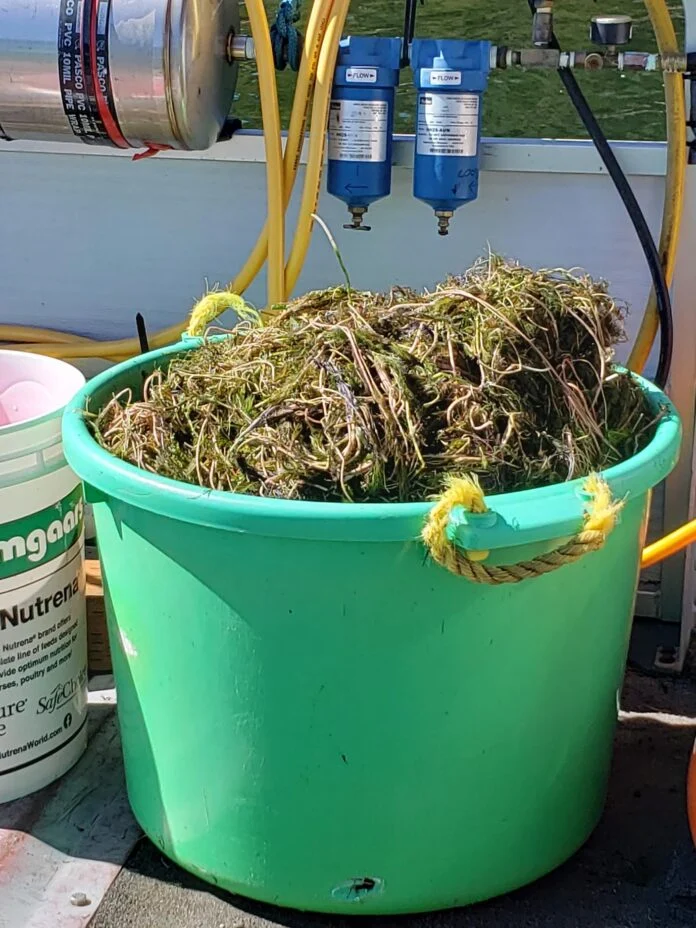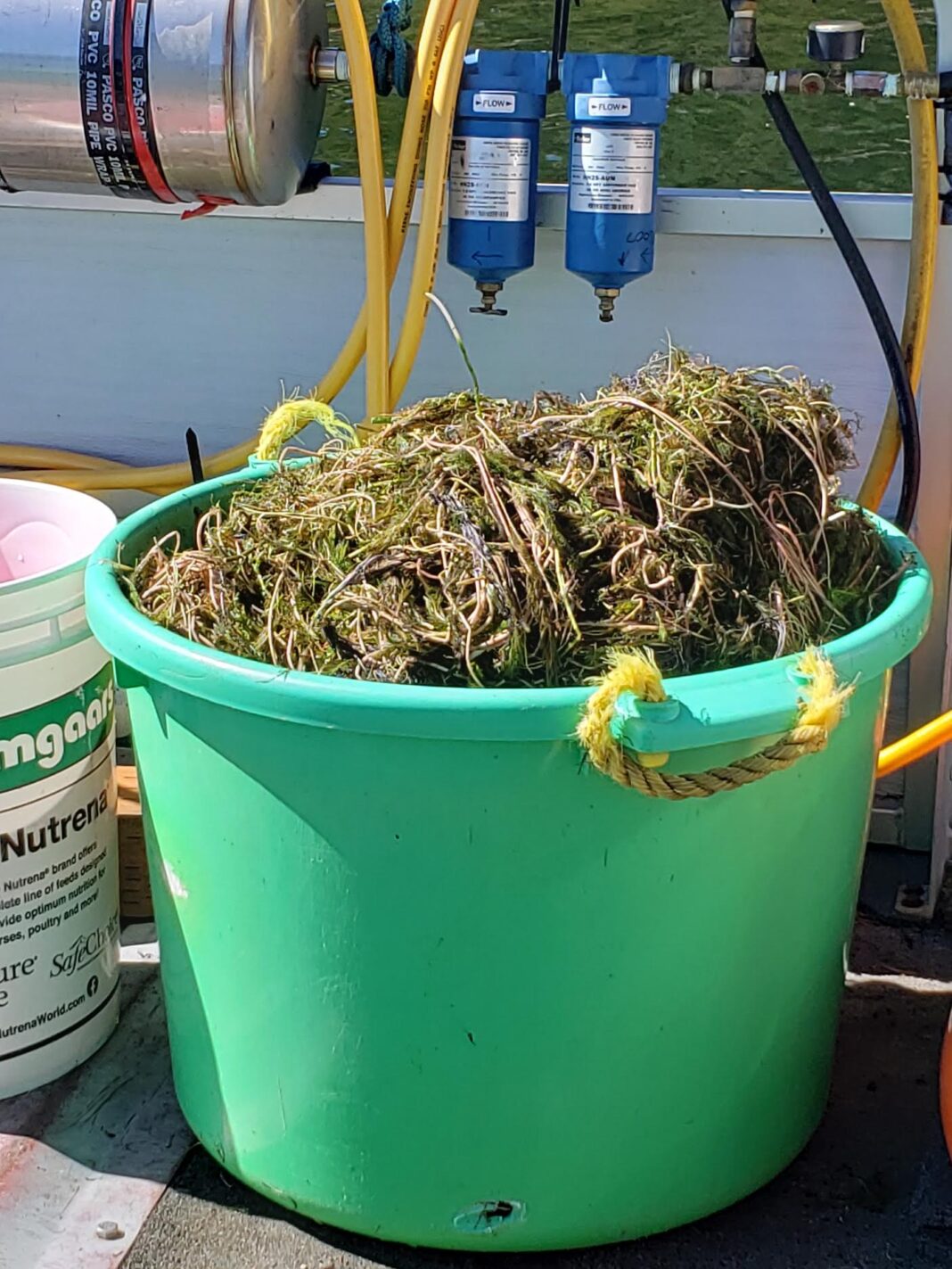New technology could be used to help regain control of an infestation of invasive weeds in Payette Lake, Valley County Commissioners suggested last week.
Sherry Maupin, who chairs the commission, told members of the Payette Lake Watershed Advisory Group that she is researching two boats capable of pulling Eurasian watermilfoil from the lakebed without the use of divers.
“Basically, they’re boats that have the ability to harvest (milfoil),” Maupin said. “Is it something where we could actually buy our own tools and make this easier than divers?”
Last week’s discussion followed a July announcement from the Idaho State Department of Agriculture that it will not fund any milfoil removal efforts in Payette Lake for the second straight year.
The decision followed public opposition to ISDA’s plan to use chemicals in the lake for the first time to combat an infestation that has “reached a tipping point,” according to the agency.
David Simmonds, a member of the watershed advisory group, expressed optimism over Maupin’s research.
“I wasn’t aware that type of boat was in use, but we would sure like to have one,” Simmonds said.
It is unclear what one of the boats could cost. Weedoo Boats of West Palm Beach, Florida, advertises several models of the “workboats” with attachments ranging from skimmers to rakes and sediment vacuums.
The company’s website also includes a page dedicated to Eurasian Watermilfoil and suggests its AquaHarvester line for severe infestations.
No decisions were made at last week’s meeting, but the county and watershed advisory group are expected to further explore the topic in future meetings.
The county’s budget includes $35,000 for milfoil removal this year and in 2026, County Clerk Doug Miller said.

County: long-term management plan needed
Maupin also expressed her desire to see a five-year plan for milfoil management in Payette Lake. That plan, she said, should be developed in conjunction with ISDA, which took control of milfoil management in the lake in 2022.
Without donors like you, this story would not exist.
Make a donation of any size here
“I think that maybe a long-term solution might be that we help invest in some tools to utilize, and it might have to be a combination of different methods, but I think this five-year plan is something that we should work for so that we can get started again on some of the removal,” Maupin said.
Simmonds agreed and said drafting the plan should be a collaborative process involving the state, county, advisory group, and City of McCall.
“I would hate to put ISDA in a position of having to carry the weight of the whole thing on their own,” he said. “For one thing, there are a lot of people here with a lot of local knowledge, a lot of experience with Payette Lake.”
Diver removal efforts
Milfoil was first found in Payette Lake in the late 1990s. An annual diver removal program led by Valley County began in 2001 and continued through 2022 until ISDA took control of the program.
The state funded removal efforts by divers in 2022 and 2023, but now believes the infestation is too severe to continue without also using chemicals, which the agency says are more cost-effective than using divers alone.
“It’s not cheap,” Simmonds said. “A single hand-pulling operation probably runs over $200 an hour. And that’s pretty slow work.”
Surveys completed by ISDA indicate the infestation in Payette Lake grew from 77 acres in 2022 to 183 acres last year. Results of a survey completed this summer will be aired at the watershed advisory group’s Aug. 26 meeting.
Milfoil grows in shallow waters around the lake that receive sunlight, or areas up to about 30 feet deep. Each time the plant is broken—by a swimmer, boater, or even wave action—the fragment drifts off and settles elsewhere on the lakebed to sprout a new plant.
The plant can grow three to five feet in length each summer. If left unchecked, it could degrade water quality while also choking out boat propellers, fish habitat, and native plants.
WAG: skeptical of chemicals as long-term answer
The advisory group did not take a firm position on ISDA’s plan to use chemicals this summer on a test plot near North Beach, but is skeptical that they would provide a long-term answer to the infestation.
“It’s become pretty clear to us that if we were to simply rely on throwing chemicals at the problem, that would not get us out of the woods,” Simmonds said. “There are so many different aspects of why we have a milfoil problem in the lake that it’s going to take some strategic planning to break the problem down and figure out ‘what do we do?”
Simmonds said the group reviewed everything it could find on ProcellaCOR, one of the herbicides the state was considering for use in Payette Lake, and found “no smoking gun” regarding potential harm to water quality in the lake.
“But that’s what we know today,” he said. “I think it behooves us to just be very cautious when we’re talking about putting herbicides into a public water source.”






